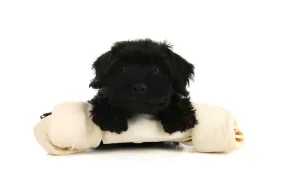With their deep-rooted history and distinct appearance, Lhasa Apso puppies make for a fascinating pet. Originally from Tibet, these small dogs served as sentinels in monasteries and noble houses. They are characterized by their long, flowing coats and confident, yet comical nature. Their unique blend of loyalty, alertness, and cheerfulness has charmed people worldwide, making them beloved companions in many homes. If you’re considering adding a Lhasa Apso puppy to your home or are just intrigued by this storied breed, here are some interesting facts you should know about them.
Lhasa Apsos used to be ancient watchdogs

The Lhasa Apso is one of the oldest recognized breeds in the world. They were originally bred over a thousand years ago as watchdogs in Tibetan monasteries. Their keen sense of hearing and natural instinct to alert their owners to strangers made them invaluable to monks. Traditionally, only the nobility and holy men owned them, and they were sometimes gifted to foreign dignitaries as a sign of honor. In fact, their name reflects their revered status and origin. “Lhasa” refers to the capital city of Tibet, and “Apso” means “bearded” in Tibetan. So, “Lhasa Apso” roughly translates to “long-haired Lhasa dog” or “bearded Lhasa dog.”
These puppies have a unique coat that comes in various colors
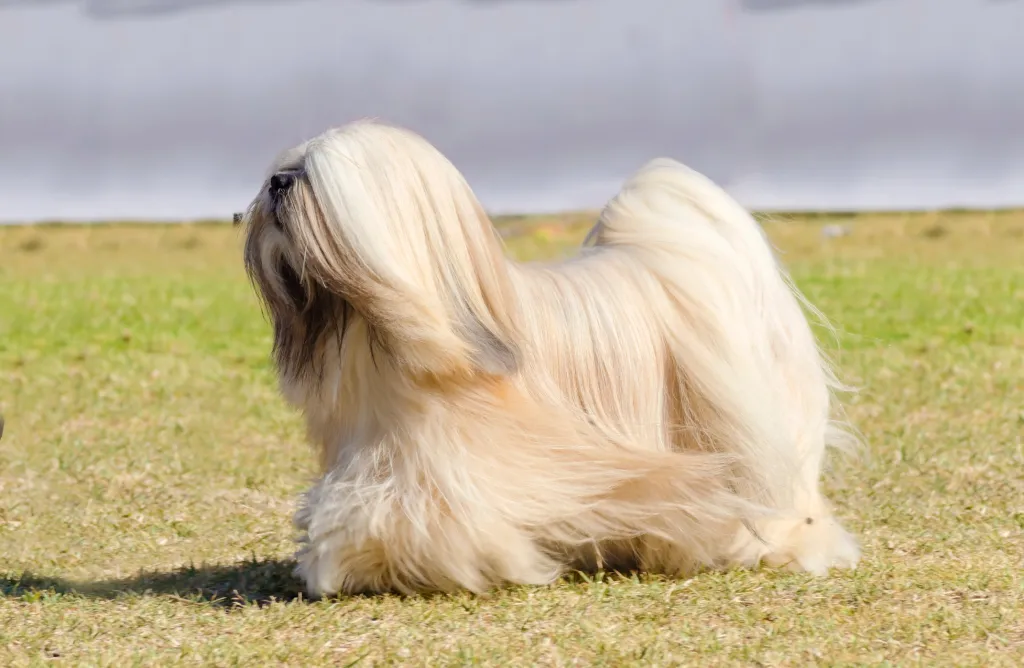
One of the most distinctive features of Lhasa Apsos is their luxurious coat, which can grow to floor length. This coat served a practical purpose in the harsh Tibetan climate, providing insulation against both cold and heat. What’s more, Lhasa Apso puppies come in a variety of coat colors — including honey, black, white, dark grizzle, and slate. Interestingly, despite their fluffy appearance, these dogs shed very little, making them a suitable choice for allergy sufferers. Nonetheless, regular grooming is still a must to prevent matting and maintain their coat’s sheen.
Even as full-grown adults, Lhasa Apso puppies maintain their small size

If you’re wondering how big do Lhasa Apso puppies get, you’ll be surprised to know their petite stature endearingly persists into adulthood. Despite their full-grown status, these dogs typically reach a modest size, standing about 10 to 11 inches tall at the shoulder and weighing between 12 to 18 pounds. This small yet sturdy size is one of the reasons why the Lhasa Apso makes a fantastic dog for those living in apartments or smaller living spaces, while still retaining the personality and liveliness of larger breeds.
This small dog has a long lifespan

Lhasa Apsos are known for their longevity, often living into their late teens. With proper care and regular veterinary check-ups, it’s not uncommon for these dogs to live up to 15 years or more. Their long lifespan could be attributed to their robust genetic makeup and their history of living in the harsh Tibetan climate.
Lhasa Apso puppies for sale demand a high price for good reason

In terms of their market value, the price of a Lhasa Apso can vary significantly based on factors like lineage and breeder reputation. On average, you can expect to pay anywhere from $500 to $1,000 or more for a Lhasa Apso puppy. Show-quality puppies from champion bloodlines may command higher prices due to their potential in competitions and breeding. This price can also depend on the number of puppies in a single litter. Typically, a Lhasa Apso’s litter consists of about four to six puppies.
That said, choosing to adopt a Lhasa Apso instead can be a much more rewarding and ethical decision. You’ll find many Lhasa Apsos in shelters or with rescue organizations in need of a loving home. By choosing to adopt, you not only potentially save a life but also contribute to combating the issues associated with overbreeding and pet overpopulation. Not to forget, adoption fees are typically much lower than what you’d pay a breeder.
Lhasa Apso puppies are prone to a mischievous streak

While Lhasa Apsos make affectionate and loyal pets, their independent and occasionally stubborn nature can be a disadvantage. This can sometimes translate into mischievous behavior, especially if they’re bored or not given enough attention. Training your Lhasa Apso puppy early on to follow commands as you establish a routine can help channel their intelligence in positive ways, making them well-behaved members of the family.
The Lhasa Apso is often confused with the Shih Tzu due to similarities in appearance
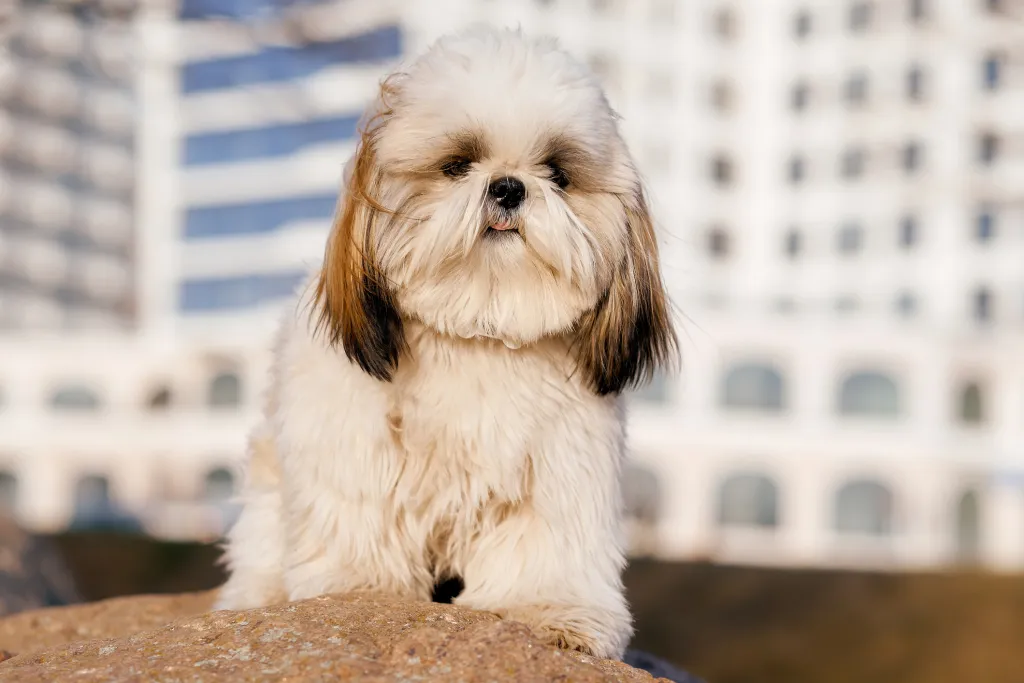
The Lhasa Apso is frequently mistaken for the Shih Tzu because of their similar appearances and Tibetan origins. However, the two breeds have distinct differences. Lhasa Apsos tend to be larger with a longer snout, while Shih Tzus generally have a shorter, more brachycephalic facial structure. Moreover, Lhasa Apsos are known for their more independent and watchful temperament, as opposed to the typically more outgoing and friendly Shih Tzu.
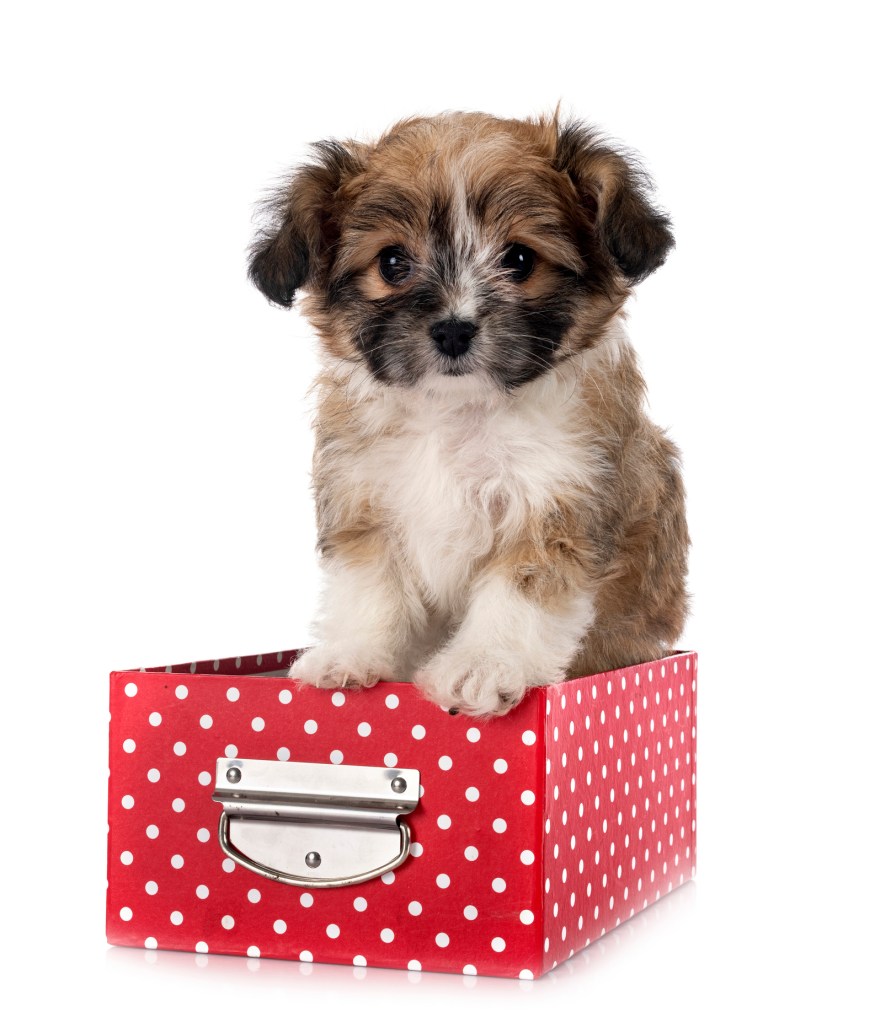
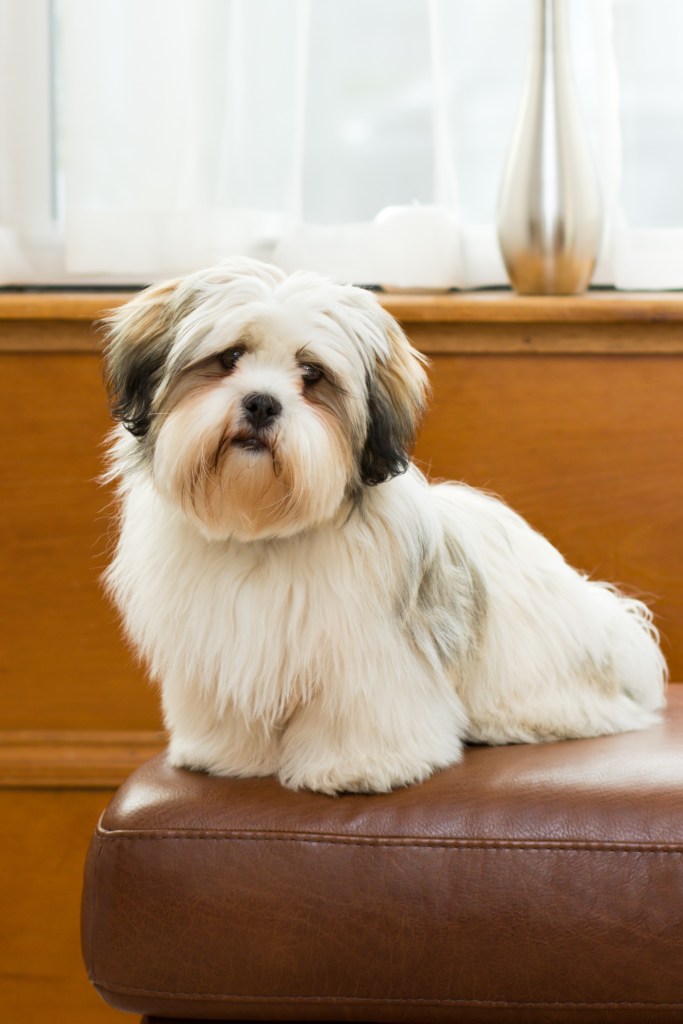
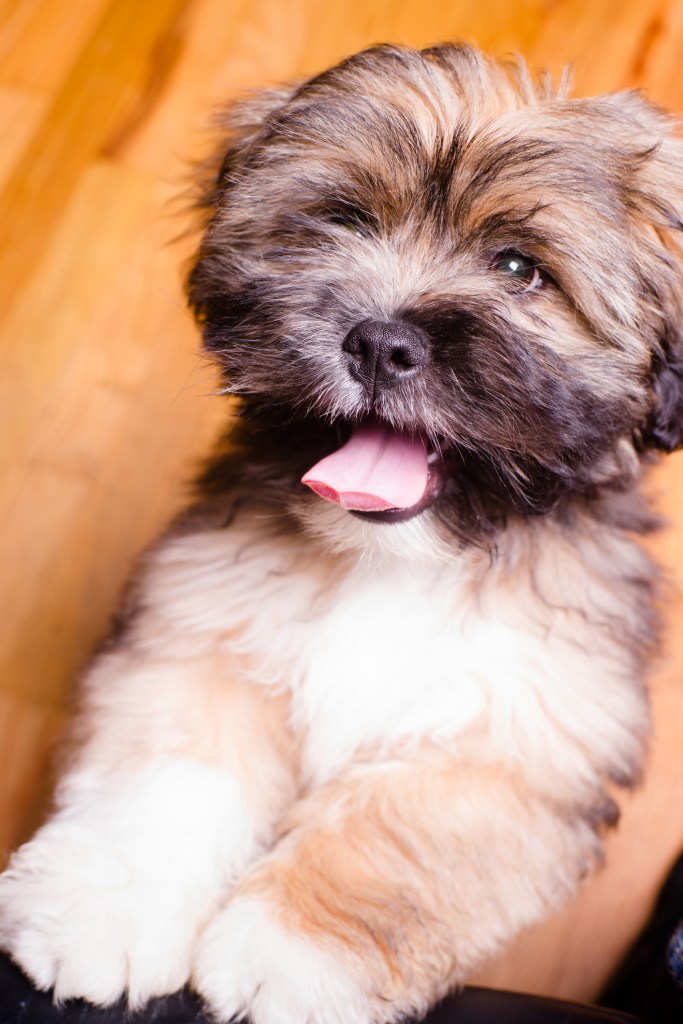

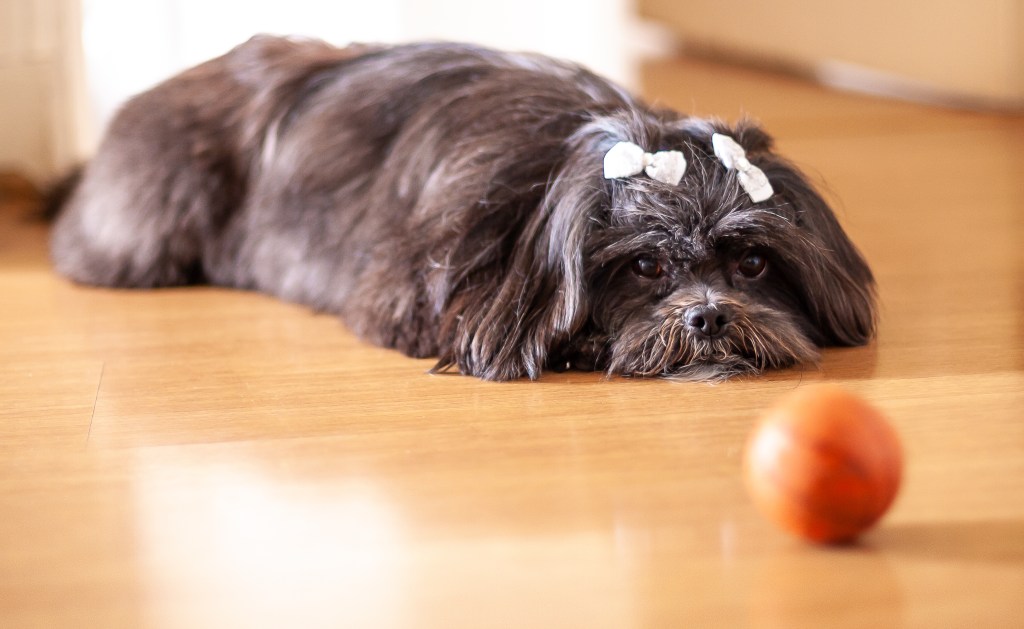
Every Lhasa Apso is unique, with a personality that can range from confident and outgoing to reserved and dignified. Some may be playful and energetic, while others are more laid-back and contemplative. This variance in personality means you can find a Lhasa Apso puppy who matches your temperament and lifestyle. Ultimately, understanding and respecting your pet’s individuality is key to forming a strong bond with them.









